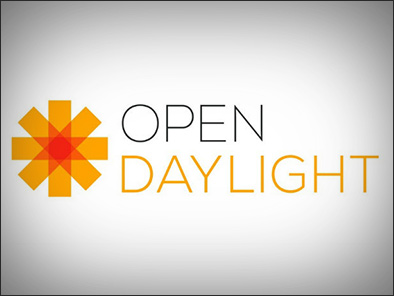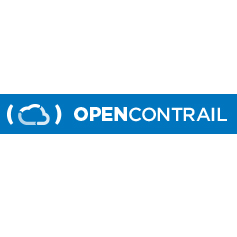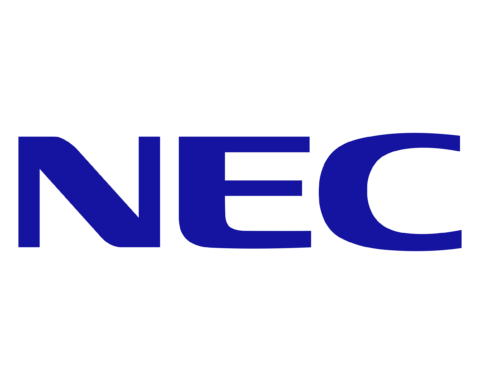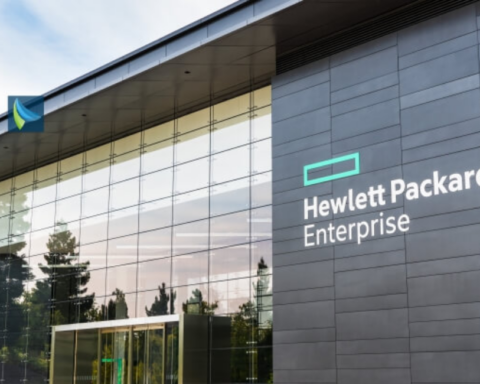![]() Juniper Networks is now shipping its SDN controller and has also made it available as open source code, signaling an intention to not develop product around the OpenDaylight SDN consortium’s work.
Juniper Networks is now shipping its SDN controller and has also made it available as open source code, signaling an intention to not develop product around the OpenDaylight SDN consortium’s work.
 Juniper announced commercial availability of Juniper Networks Contrail and open source availability of OpenContrail. Both products are founded on the same code base and include the same functions for creating a virtual overlay network — an SDN controller, a virtual router, and an analytics engine.
Juniper announced commercial availability of Juniper Networks Contrail and open source availability of OpenContrail. Both products are founded on the same code base and include the same functions for creating a virtual overlay network — an SDN controller, a virtual router, and an analytics engine.
The difference between the commercial and open source offerings is that commercial customers will receive Juniper service and support with their purchase. Juniper will update the open source version of Contrail, says Bob Muglia, executive vice president of Juniper’s Software Solutions Division.
Customers demanded both versions of Contrail, he says. But Muglia believes most customers will opt for the commercial version, Juniper Networks Contrail.
“When I was at Microsoft, I got burned for not participating more in open source projects,” Muglia, a longtime Microsoft executive, said. “Even if you don’t think it will be significant to your own use.”
It appears the OpenDaylight open source SDN code work will not be significant to Juniper, even though Juniper is a highest-ranking – and paying — Platinum member of the project. OpenDaylight is a vendor-driven community building an open source SDN controller.
“Our strategy has consistently been Contrail,” Muglia says. “But we intend to fulfill our commitments” to OpenDaylight.
When asked specifically if Juniper would build product around OpenDaylight, Muglia answered “No. But we’re open to contributing OpenContrail to OpenDaylight.”
He says OpenContrail is a “complete solution” and on a “different maturity” scale than OpenDaylight. Asked when and where OpenDaylight might be used in place of OpenContrail or Juniper Networks Contrail, Muglia said “I don’t know when OpenDaylight will be used.”
Juniper intends to fulfill its two-year commitment to the OpenDaylight project and then re-evaluate its participation thereafter, he says.
Contrail and OpenContrail are Linux-based virtual network overlay software that run on x86 servers. They enable the interconnection of physical networks with the virtual computing environment of data centers for faster configuration and service provisioning.
Service provisioning is done through service chaining, which is the ability to connect services across devices according to business need.
The controller software is compatible with both CloudStack and OpenStack cloud orchestration platforms, and enables federation of private, public and hybrid cloud environments, Juniper says. The analytics capability of Contrail is designed to augment management of the virtual network.
Even though SDN pioneer Big Switch Networks is backing away from overlays, claiming the technique is too complicated and time-consuming for customers, Muglia says that is not the case.
“When you have no overlay, you have to replace the networking equipment underneath,” he says, adding that it took Juniper customers less than 12 to 18 months to build production SDNs with the Contrail overlay.
“There are big technical differences in Big Switch and Contrail,” Muglia says, declining to go into specifics.
Contrail is in beta trials with more than 40 enterprise and service provider customers, Juniper says. The company has partnered with IBM to integrate Contrail with IBM’s SmartCloud Orchestrator, a cloud management and service provisioning system.
Juniper is also working with Citrix CloudStack, Cloudscaling, IBM, Mirantis and RedHat to integrate OpenContrail with hypervisors – including KVM and Xen — orchestration systems and underlying physical infrastructure.
The commercial version of Contrail is available now as a perpetual software license priced at $1,700 per socket, and a subscription software license of $1,000 per socket. The unrestricted use of OpenContrail is available now via an Apache 2.0 License at www.opencontrail.org.






